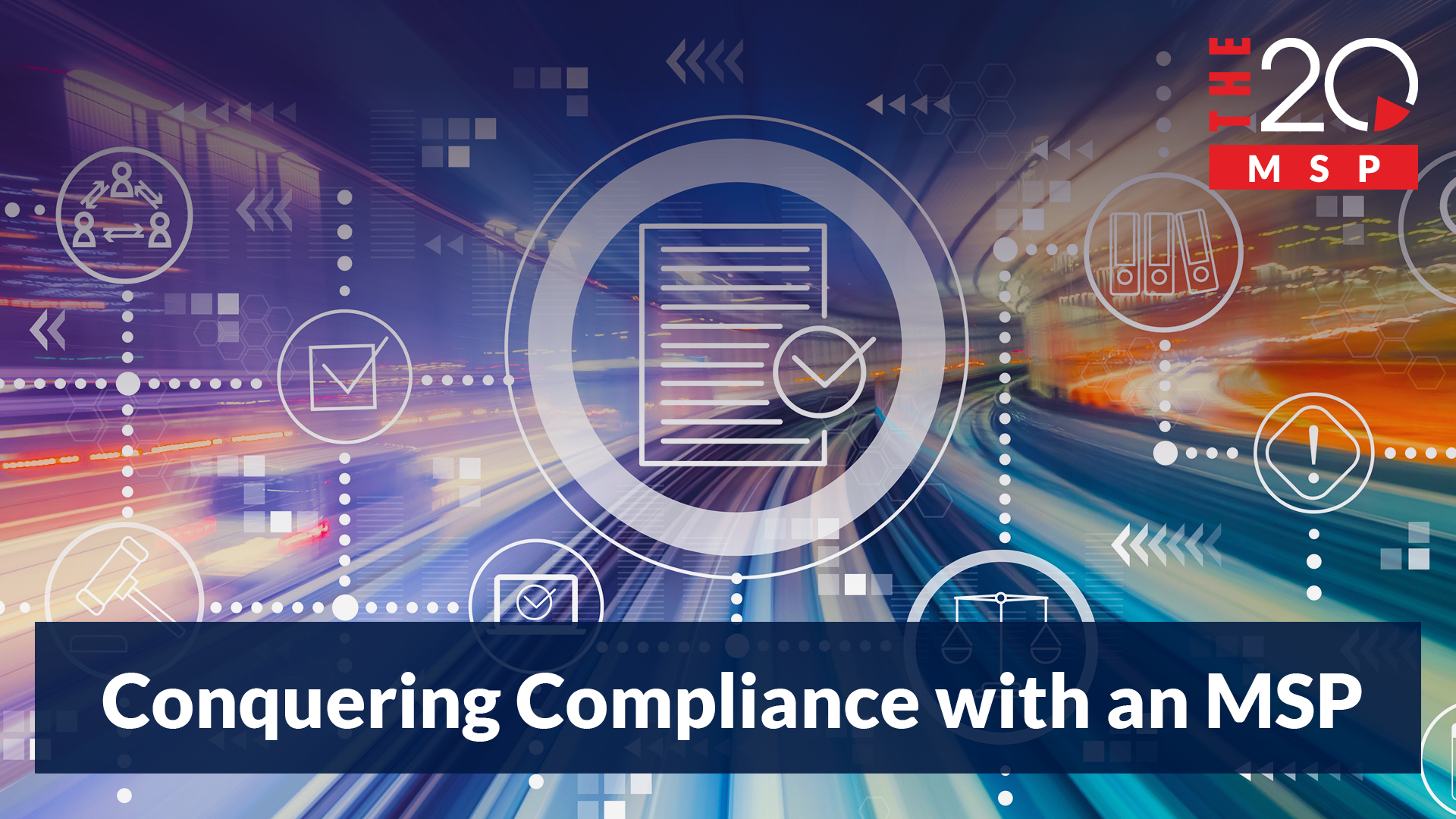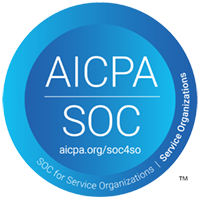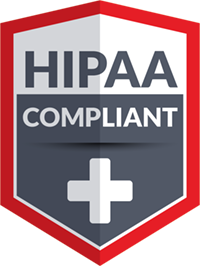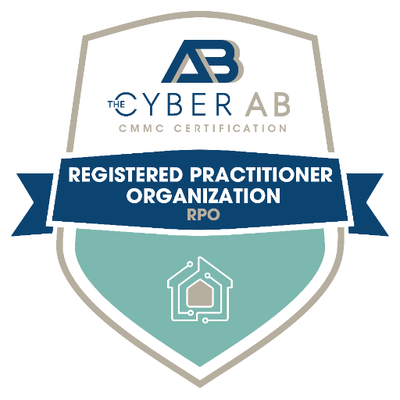
Conquering Compliance with an MSP
There’s no sugarcoating it – regulatory compliance has become a daily struggle for businesses of all sizes, but especially burdensome for small and medium-sized businesses (SMBs).
The compliance industry is enormous, and it’s still growing. The global enterprise governance, risk, and compliance (eGRC) market was valued at $54.61 billion in 2023 and is forecasted to grow at a CAGR of 13.8% from 2023 to 2030.
That’s some serious growth. But what does all of this mean for you and your SMB?
In short, it means things are only getting more complicated. More time-consuming. We saw this happen with cybersecurity – keeping up with evolving threats became too difficult for most SMBs to take care of on their own. So they got help.
Now the same thing’s happening with compliance. Achieving and maintaining compliance is too complicated and resource-intensive for SMBs to handle on their own. A single compliance manager, or in-house IT team, simply can’t keep up with the strenuous requirements of modern regulatory demands.
But you’re not out of luck. There’s an industry positioned to help. In fact, they already are. Just as Managed Service Providers (MSPs) stepped up to the plate when businesses needed help with cybersecurity, MSPs are now helping companies with compliance.
Before we talk about the role MSPs play in helping clients conquer compliance (spoiler alert: it’s a big one!), let’s go over why compliance is important, and definitely not something to cut corners on or ignore altogether.
Compliance Matters
If you take one thing from this article, let it be this: maintaining compliance isn’t an option. Well, that’s not quite true. Your organization can choose to neglect compliance – it’s just a really bad idea!
Just as with cybersecurity, cutting corners can work…until it doesn’t. If you neglect cybersecurity, it’s almost a certainty that you will get hacked, and that it will cost you money. Same goes for non-compliance. If you neglect – or downright ignore – maintaining the strictest of regulatory standards at your organization, it will cost you.
Not only does non-compliance leave you open to a costly cyberattack, but also, harsh penalties. Take a look:
- HIPAA Violation – $100-$50,000
- CCPA Violation – $7,500 per intentional violation; $2,500 per unintentional violation
- SOX Violation – up to $5 million and 20 years in prison
- PCI SS Violation – $5,000-100,000 per month
And this doesn’t take into account lawsuits that you can easily face if you get breached and are found to be non-compliant.
Bottom line, trying to skate by without a proper compliance program just won’t work – not in the long run. The house always wins. Research from Ponemon and Globalscape found that noncompliance costs are 2.71x higher than the costs associated with maintaining compliance.
But maintaining compliance isn’t just about avoiding citation fees and cyberattacks; a robust compliance posture also signals to customers that you’re serious about protecting their data. In this day and age, that reassurance can go a long way.
But keeping up with regulatory compliance isn’t easy. In fact, a whopping 74% of organizations view compliance as a burden. Let’s look at some reasons why compliance has become such a challenge for businesses, especially small and medium-sized firms.
The Challenges of Compliance
You may read this and think to yourself, How hard can compliance really be? Surely, with enough dedication, you can manage a few checklists and security measures…right?
Before you go and try to tackle regulatory compliance on your own, let’s go over the biggest challenges you’re likely to face.
A Lack of Expertise
You can’t just flip a switch and activate regulatory compliance. Compliance takes serious time and effort – and more than most SMBs can spare. Depending on your industry, you might even need specialized hardware and advanced security configurations.
Take HIPAA (Health Insurance Portability and Accountability Act), a compliance standard – and federal law – established to protect the confidentiality of medical information. HIPAA requires a robust password structure across all devices, limitations on hardware such as webcams and microphones, and unique methods of recycling key devices such as smartphones. Needless to say, complying with HIPAA is a full-time job – and then some!
As discussed, compliance can become a huge cost if ignored. But it can also become a huge cost if handled inefficiently. A lot of organizations burn precious time and resources playing ‘catch-up’ with compliance standards, never getting things under control.
The reason? They don’t have the expertise to create a compliance program – an organized and systematic approach to achieving and maintaining compliance.
Expensive Expenses
Training employees and purchasing necessary equipment is expensive. According to a study commissioned by the National Association of Manufacturers (NAM), the average cost of regulatory compliance for small and medium-sized businesses with fewer than 50 employees averages 14,700 per employee per year, and these prices are only increasing. Rising compliance costs are putting even more pressure on SMBs already struggling to maintain compliance.
Maintenance Pains
Achieving compliance and maintaining compliance are two very different things. Compliance is an ongoing activity, just like cybersecurity. Adhering to the standards set forth by regulatory standards isn’t a set-and-forget deal. It takes work, work, and more work. It also, as we’ll discuss shortly, takes documentation. Lots and lots of documentation.
Furthermore, the regulatory landscape is constantly changing. Within the last decade, we’ve seen the enactment of the NIST Cybersecurity Framework (NIST CSF) in 2013, followed by the Defense Federal Acquisitions Regulation Supplement (DFARS) in 2015, and more recently, the Cybersecurity Maturity Model Certification (CMMC) 2.0 in 2021.
Regulations also vary by state. The California Consumer Privacy Act (CCPA) of 2018, the Virginia Consumer Data Protection Act (CDPA) of 2021, the Colorado Privacy Act (CPA) of 2023, and the Utah Consumer Privacy Act (UCPA) of 2023, have all been enacted within the last ten years.
Keeping up with stringent and ever-evolving standards is no walk in the park. Indeed, for a lot of SMBs, it’s closer to a grueling trek through uncharted wilderness.
Prove it!
Even if you manage to stay within compliance, you’re going to have to prove it. Compliance audits vary by an organization’s size, industry, and the regulation under audit. HIPAA, for example, must be audited annually, while NIST audits happen every two years. During an audit, you must provide a comprehensive and up-to-date audit trail detailing extensive data and event log management to prove your company meets compliance.
MSPs and Compliance
Can your organization overcome all of these challenges on its own, or do you need help with compliance? If you’re like the overwhelming majority of SMBs operating today, it’s the latter.
The question is where to get it. The answer: MSPs.
With more and more MSPs adding compliance management to their service offerings, you can add “conquering compliance” to the ever-growing list of “things an MSP can help you with.”
In fact, MSPs aren’t just capable of helping your organization with all its compliance needs – MSPs are uniquely positioned to do so. Here are five reasons why:
Assessments
Before steps can be taken toward compliance, you’ll need to know where your company stands in relation to existing regulations. An MSP has the tools and knowledge to conduct a deep dive into your current IT environment and set you up with a clear compliance roadmap.
Documentation & Automation
We discussed the challenge of demonstrating or proving compliance for the purpose of passing an audit. MSPs resolve this problem with documentation software and automated solutions to capture evidence of your organization’s compliance, saving you time and money while setting you up for successful audits.
Security
Security is a massive part of compliance, so utilizing an MSP is only natural. An MSP can shore up your company’s defenses against potential cyberattacks by outfitting your business with cutting-edge antivirus solutions, firewalls, and encryption. MSPs can also help establish and organize a robust data disaster recovery plan in case things take a turn for the worst. Not only is this great for regulatory compliance, it’s great for the safety of your business.
Efficiency & Productivity
No one is expecting you to be a compliance expert. That’s an MSP’s job! The right MSP can provide you with both robust cybersecurity and compliance solutions. Our job is to provide you with an efficient path to compliance, one that works with – not against – core business functions. Compliance, done right, can drive your business forward and stimulate new growth. An experienced MSP takes care of the ‘done right’ part so you can focus on other things.
Proactive Support
We’ve already covered how fast the regulatory industry is evolving and the challenge this poses. An MSP’s job is to stay abreast of developments in the regulatory world, including new regulations and changes to existing standards, allowing you and your team to make timely adjustments and stay ahead of the compliance curve.
The Future of Compliance
The digital landscape has changed – and it’s not slowing down. Keeping up with regulatory compliance isn’t just about avoiding fees; it’s about adapting to your industry, to cybercrime, to competition – to change.
There’s no saying what’s coming next in the IT world, (with the rise of AI, we can only imagine) but with
the right MSP at your back, you can rest assured that you’ll remain secure, compliant, and ready for the future.
Looking for that MSP? Consider giving The 20 MSP a call. We’ve helped thousands of organizations across the country conquer cybersecurity and compliance – and we can help you too!
Schedule your call with The 20 MSP today and get started on your path to compliance peace of mind.



